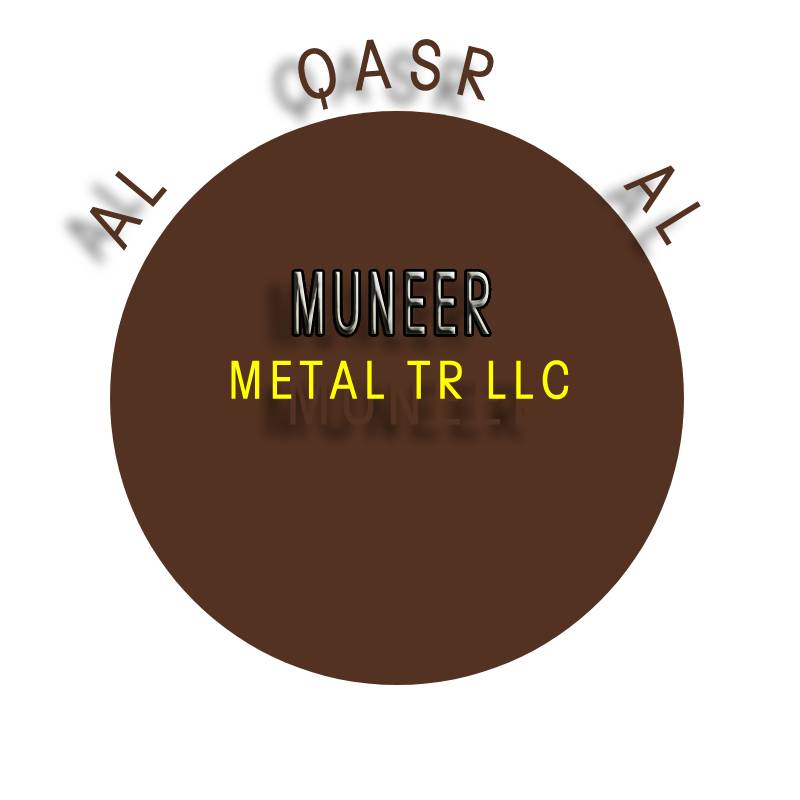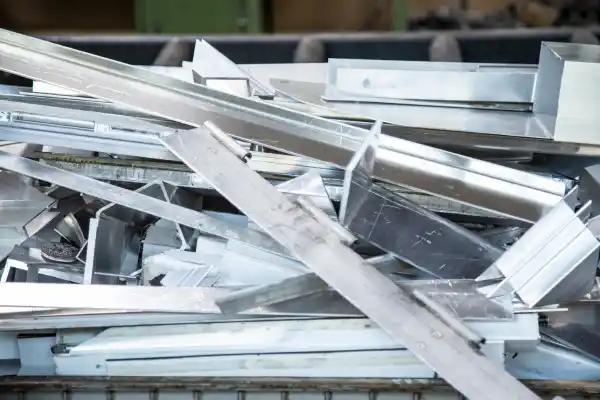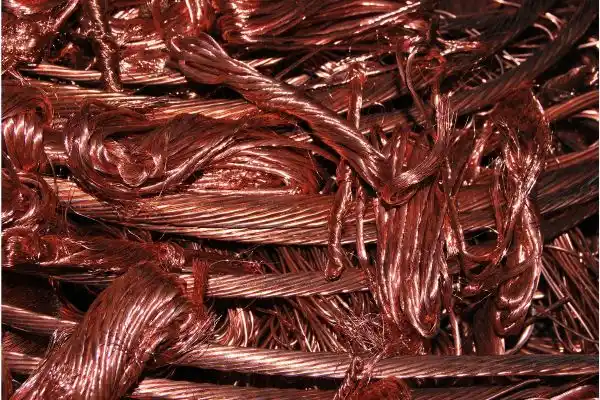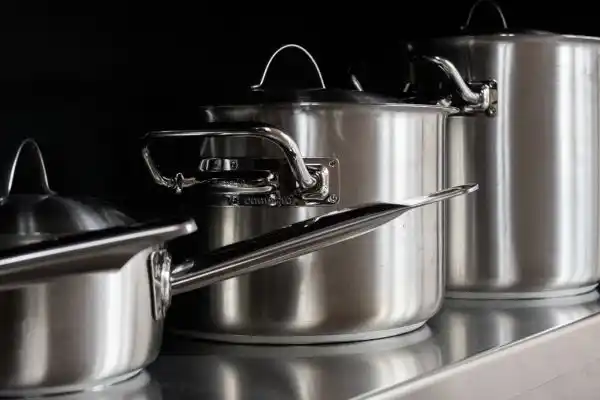Scrap metal prices today in UAE
Current price in AED/Kg
The scrap metal iron prices in UAE are constantly changing due to market demand, global trends, and metal quality. Prices for copper, aluminum, steel, and other metals vary daily. To get the best rates, it’s essential to stay updated, compare prices, and negotiate with trusted buyers.
Disclaimer
All metal scrap prices listed are indicative and subject to market fluctuations. The market is highly volatile, and prices may vary based on material quality, demand, and regional factors.
FOR MORE
For any queries, please contact us via message. We’re happy to assist you with any questions or concerns.
Factors affecting scrap metal iron prices
Scrap iron value, especially for iron, are influenced by a range of dynamic factors. These factors can cause scrap iron price to rise or fall, often quickly, depending on global and local economic conditions. Understanding what drives these changes is essential for anyone involved in the buying or selling of scrap iron.
1. Global Supply and Demand
One of the primary drivers of iron price per Kg is the balance between supply and demand. When global demand for steel increases—due to growth in sectors like construction, manufacturing, or automotive—the rate of iron per kg also rises. In contrast, when demand slows down, iron rate per kg tend to drop.
2. Steel Industry Trends
The steel industry heavily relies on iron metal scrap as a raw material. Changes in steel production volumes, export levels, or plant operations have a direct impact on scrap metal prices. Countries with high steel production, such as China, India, and Turkey, significantly influence global pricing trends.
3. International Trade Policies
Import and export regulations affect the availability and iron scrap price in UAE For example, restrictions on scrap exports can lead to an oversupply in the domestic market, pushing iron scrap price in Dubai down. On the other hand, increased international demand due to trade liberalization can drive cast iron scrap price in UAE up.
4. Fuel and Transportation Costs
Transporting and processing scrap metal requires fuel and logistics support. When fuel prices increase, the overall cost of moving scrap metal prices also rise. This added cost is typically passed on to buyers, raising the final scrap metal prices.
5. Quality and Grade of Scrap Iron
Not all metal for scrap is valued equally. High-grade, clean, and well-sorted scrap metal commands higher prices compared to mixed, rusted, or contaminated scrap. Prices are also affected by the type of iron, such as heavy melting steel (HMS 1 and HMS 2), cast iron, or sheet iron.
6. Currency Exchange Rates
For countries involved in the global scrap metal trade, fluctuations in currency exchange rates play a key role. If a local currency weakens against the US dollar or euro, the cost of imported scrap metal rises, which in turn can raise domestic scrap metal prices.
7. Government Regulations and Environmental Policies
Scrap processing facilities are often subject to environmental laws and recycling standards. Complying with these regulations may involve additional costs, which can influence the overall pricing of scrap iron in the market.
8. Geopolitical Events and Natural Disasters
Events such as wars, political instability, or natural disasters can disrupt supply chains, transportation, and manufacturing. These disruptions can lead to unpredictable fluctuations in scrap metal prices, especially in global markets.
9. Technological Developments
Advances in recycling and sorting technology improve processing efficiency, which can help stabilize or reduce costs over time. However, the initial investment in technology may lead to short-term increases in scrap metal prices.
10. Seasonal Factors
In many regions, weather conditions affect the scrap collection process. Harsh winters or rainy seasons can slow down collection and transport, reducing the availability of scrap metal and leading to temporary price increases.
By staying informed about these influencing factors, sellers and buyers can make smarter decisions and take advantage of favorable scrap metal prices. Regular monitoring of the market, including local scrapyard rates and global commodity trends, is essential for success in the scrap business.







